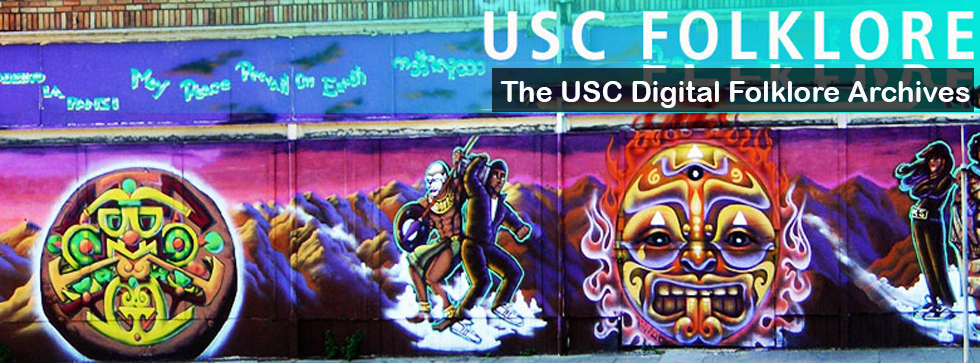Text: I put my foot in it.
Context: My informant, an African American female from Texas, heard this metaphor from her father after he made a peach cobbler that he considered outstanding. In simple terms, the phrase means to have put in effort and have greatly succeeded, similar to saying “I crushed it.” My informant remembers this phrase in particular because she was so confused by it initially, having taken it literally, but ultimately found it comical following her father’s explanation of the phrase. Since then, she has used the phrase in the same context her father would: following an earned achievement.
Analysis: Hearing my informant’s explanation of this song surprised me, as, in my experience, to put one’s foot into something is typically a negative situation having to do with embarrassment or blunders. However, obviously, in folklore, the same phrase can have any number of meanings depending on contextual elements, including but not limited to location, race, and time period. I speculate that her father’s use of the term stems from the pride associated with his identities as a male, a Texan, and a minority, in which, broadly speaking, what you have is what you earn. Along these lines, the term “I put my foot in it” harkens to the labor involved in creating something good, specifically acknowledging the intentional and personal effort he has put into the creation process.
